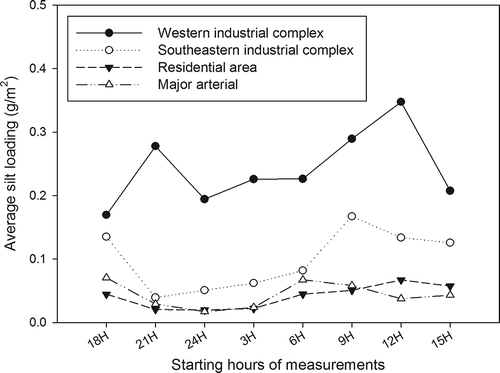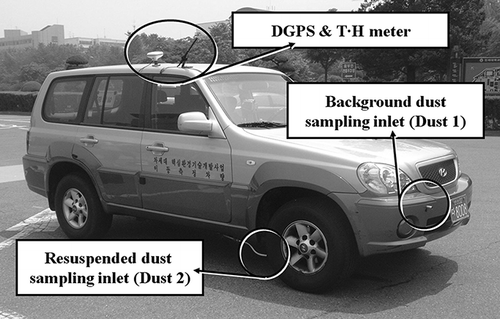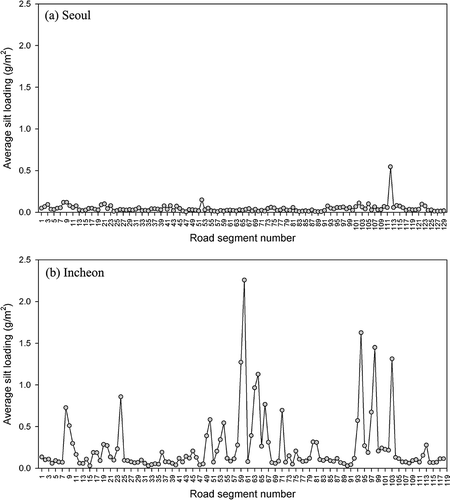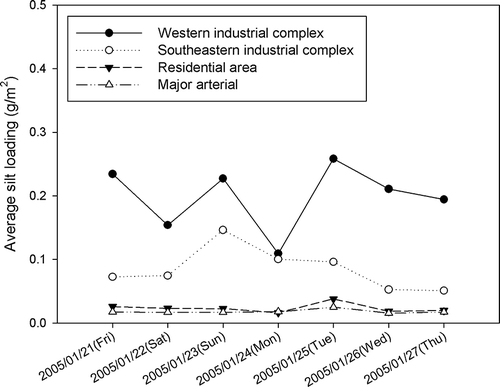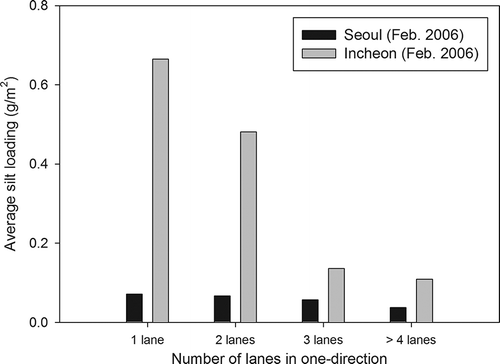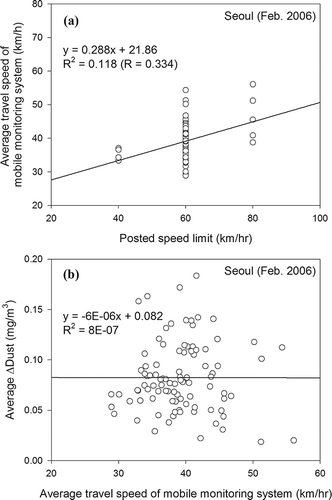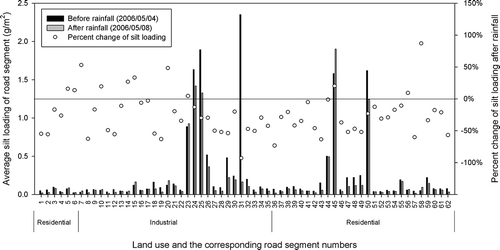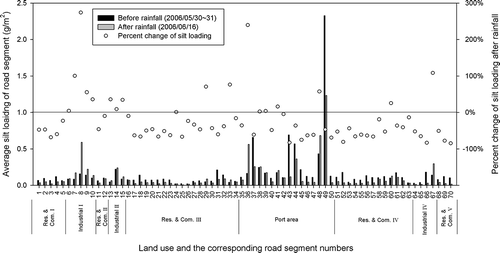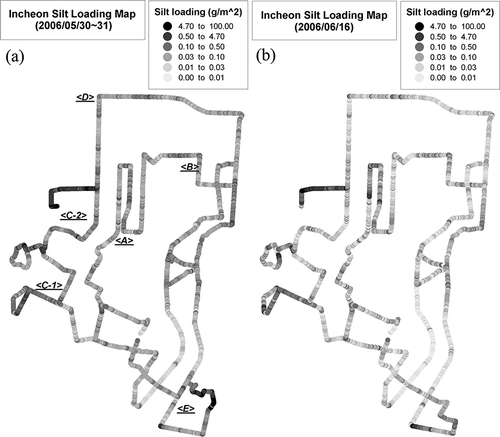Figures & data
Table 1. Analysis of PM10 fraction in the silts sampled from various sites according to land use
Figure 2. PM10 fraction (volume %) of silt (<75 μm) sampled on active traffic lanes versus silt loading.
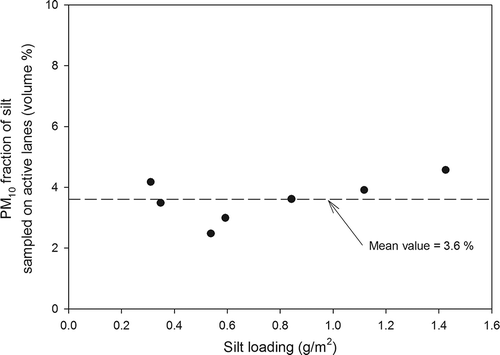
Table 2. Criteria for eligible data for the data obtained per second
Table 3. Basic statistical information on Seoul and Incheon (as of 2007)
Table 4. Effects of the hot-spot data treatment on calculating the average silt loading
Figure 5. Comparison of the actual hot-spot data with the corrected data used for the calculation average silt loading.
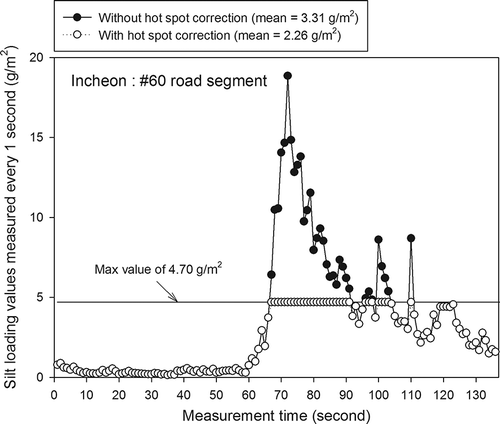
Figure 7. Silt loading characteristics according to land use and the seasons in Incheon during the year 2006.
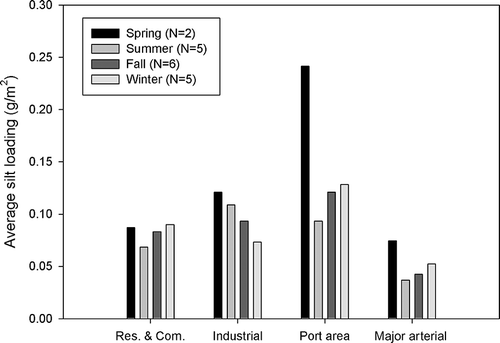
Figure 9. Variation of average silt loading measured every 3 hr on the test roads of Incheon during 24 hr.
